As the summer heat fades away, Japan prepares for the beautiful autumn, also known as the kōyō festival. This season brings a magical transformation to the country’s landscape, as leaves change their colour to hues of yellow, orange, and red, painting Japan in a warm and cosy ambiance.
Travellers from all over the world flock to Japan to witness the spectacular autumn foliage and enjoy the festival’s serene atmosphere. Finding the best viewing spots for the autumn leaves can be challenging, but we’ve got you covered with our updated 2024 forecast grouped by regions and cities to help you plan your trip.
The kōyō festival is not just about admiring the breathtaking scenery; it is also an essential part of Japanese culture, and locals celebrate it in various ways. From enjoying a relaxing hot spring bath to indulging in traditional autumnal cuisine, the kōyō festival has something for everyone.
Many people prepare for the kōyō festival months in advance, organizing their trips and booking accommodations to ensure they don’t miss this stunning natural display. It’s essential to plan your trip carefully, as the autumn leaves can start turning at different times in different parts of Japan.
The kōyō festival is a must-see event for anyone visiting Japan in the autumn. From the magnificent colours of the leaves to the cultural significance of the festival, there is something truly special about this time of year in Japan. So, start planning your trip and experience the wonder of the kōyō festival for yourself.
April 2023 Update: It is still early to predict the dates for autumn leaves in Japan. We are continuously updating this article based on the latest weather forecast and government information.
Table of Contents
- 2024 Autumn Leaves Forecast in Japan
- What is the Autumn Leaves (kōyō) Season?
- What is Kōyō Matsuri or Autumn Leaves Festival?
- Popular foods you have to try during the Autumn Festivals
- Best Viewing Spots in Japan
- Best Autumn Foliage Spots in Tokyo
- Best Autumn Foliage Spots in Kyoto
- Best Autumn Foliage Spots in Nikko
- Best Autumn Foliage Spots in Nagano
- Best Autumn Foliage Spots in Mount Fuji
- Best Autumn Foliage Spots in Hakone
- Best Autumn Foliage Spots in Hiroshima
- Best Autumn Foliage Spots in Hokkaido
- Which trees are best for autumn colours?
- Frequently Asked Questions
2024 Autumn Leaves Forecast in Japan
| 🗺 Area | 🗓 Best Time to View Autumn Colours | 🍁 Peak Time |
|---|---|---|
| Tokyo | mid-November to early December | end of November |
| Kyoto | mid-November to early December | end of November |
| Nikko | mid-October to early November | end of October |
| Nagano | mid-October to mid-November | early November |
| Mount Fuji | late October to early November | end of October |
| Hakone | early November to mid-December | mid-November |
| Hiroshima | mid-November to early December | late November |
| Hokkaido | late September to early November | mid-October |
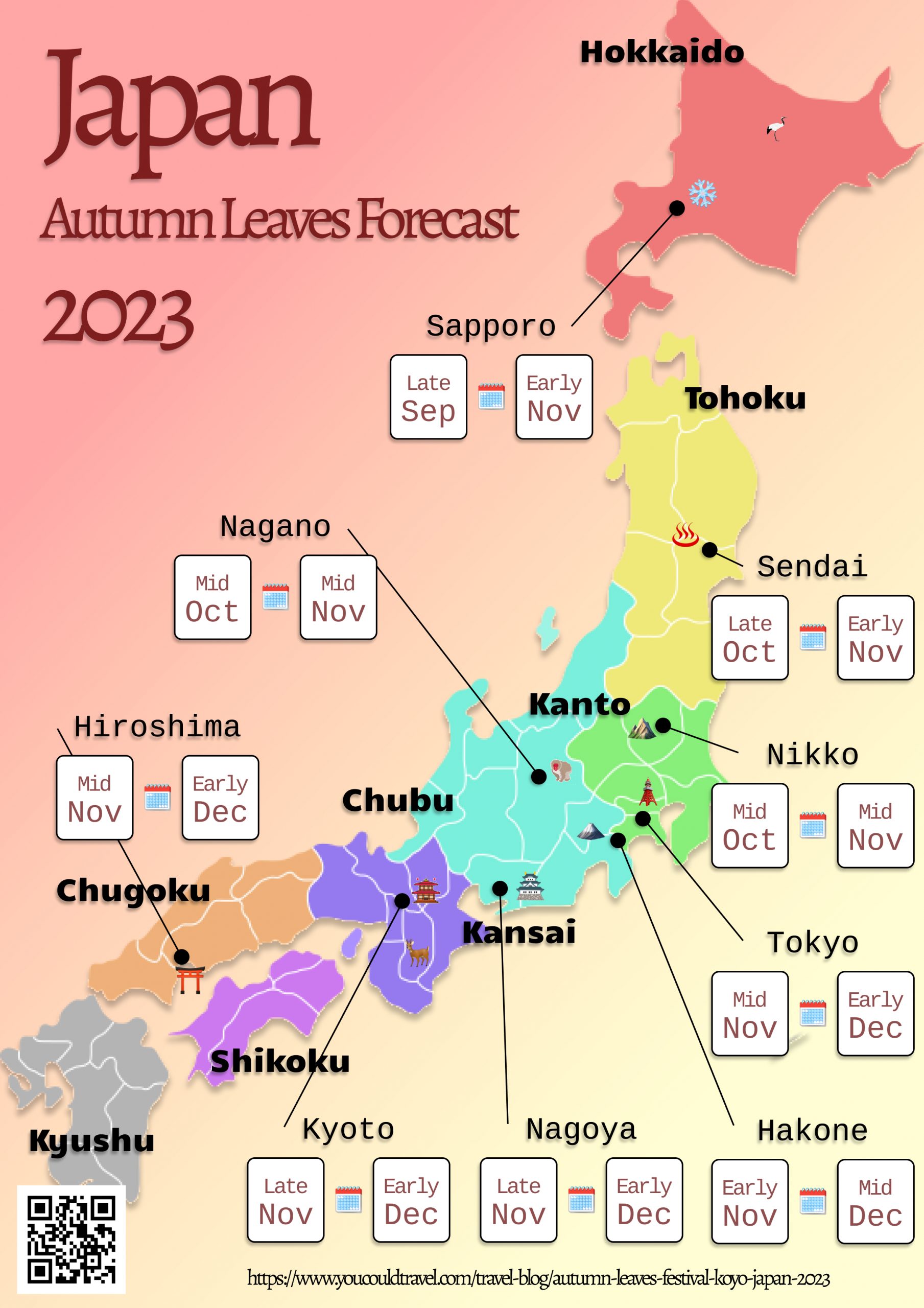
What is the Autumn Leaves (kōyō) Season?
The Autumn Leaves Season, known as “kōyō” in Japanese, refers to the time of the year when the leaves of deciduous trees change colour and turn into beautiful shades of red, orange, and yellow. This phenomenon occurs in fall, typically between September and December, depending on the region and the weather conditions.
Kōyō is a significant event in Japan, and it is appreciated for its breathtaking views, especially in mountainous areas and parks where the leaves are particularly vibrant. The kōyō season is also associated with Japanese culture, and it is celebrated through various traditional activities, such as festivals, picnics, hot spring bathing, and visiting temples and shrines.
In Japanese culture, the changing of the leaves is considered a symbol of the transience of life and beauty, and it is often depicted in poetry, literature, and art. The kōyō season is therefore a time for reflection and appreciation of nature’s beauty, as well as a reminder of the impermanence of all things.
What is Kōyō Matsuri or Autumn Leaves Festival?
Kōyō Matsuri, or the Autumn Leaves Festival, is a traditional Japanese event that celebrates the beauty of autumn foliage. During this time, temples, shrines, and parks are decorated with lanterns, and evening illumination. Famous events include the Arashiyama Momiji Matsuri (2nd Sunday of November each year) in Kyoto and the Takao Momiji Matsuri (throughout November each year) in Tokyo. The festival offers live performances, traditional food and drinks, and various cultural activities.
Popular foods you have to try during the Autumn Festivals
- Chestnuts (it’s just as prevalent as Sakura in Spring) – try chestnuts coffee.
- Ohagi, a sweet sticky rice desert covered in sweet azuki bean paste.
- Sanma, grilled or broiled fish served with grated daikon radish and soy sauce.
- Sweet potato in or with everything in any variation you can imagine.
- Tsukimi dango, small dumplings made of mochi covered in sweet soy sauce and topped with roasted soybean flour.
- Matsutake Gohan, a traditional Japanese rice dish that is cooked with seasonal matsutake mushrooms and soy sauce.
- Momiji manju, maple leafe shaped cakes that come in flavors such as green tea, chocolate, and strawberry.
Best Viewing Spots in Japan
Starting in mid-September, the autumn leaf color change begins in the northern island of Hokkaido, towards the central and moves south towards the lower elevations of central and southern Japan. It happens slowly and takes approximately two months to reach its final peak in late November.
During this time, the leaves on the trees gradually change from green to shades of yellow, orange, and red, creating a stunning display of colors.
Best Autumn Foliage Spots in Tokyo
🗓 Best time: mid-November to early December, Peak time: end of November
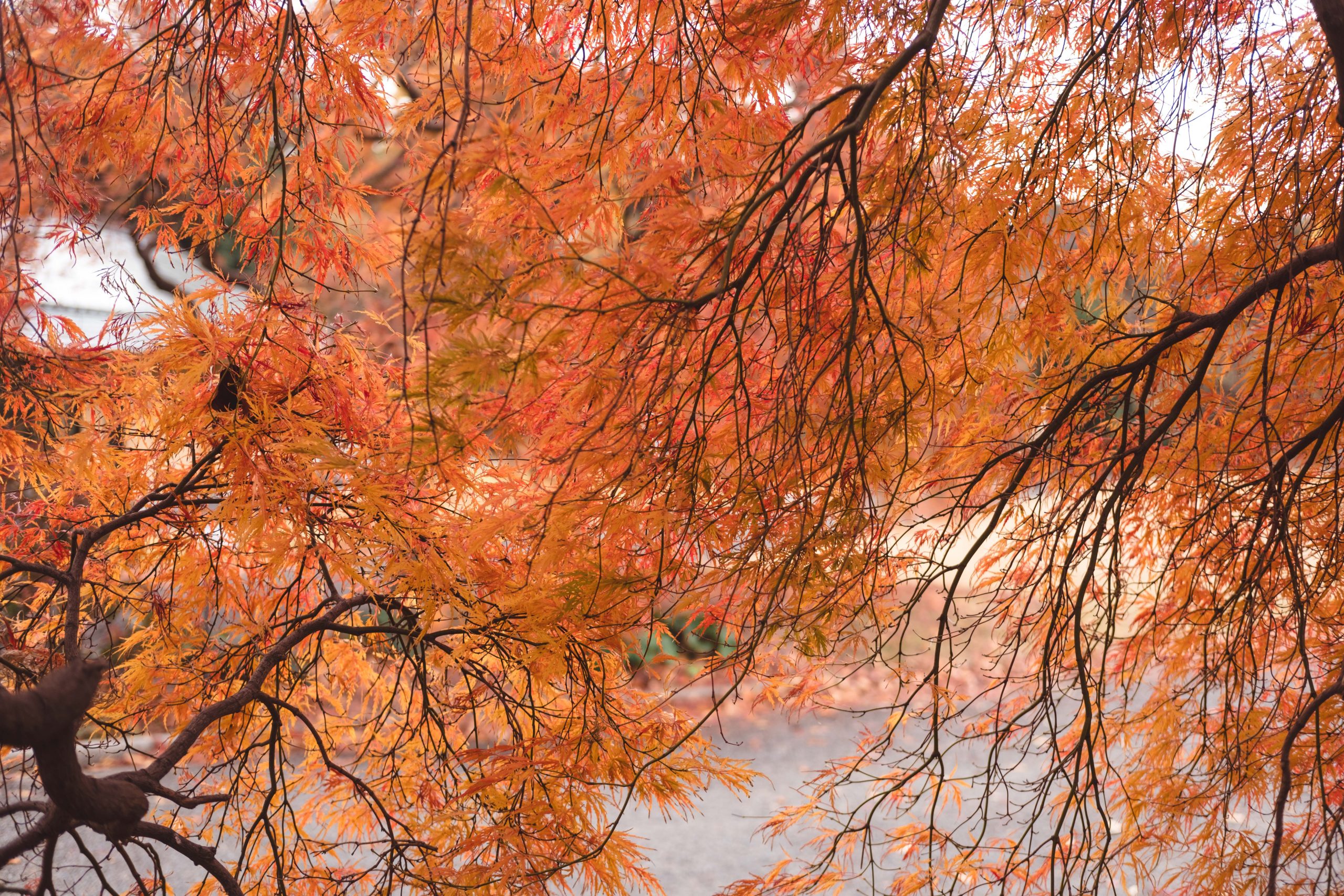
While Tokyo is not known for its fall foliage spots as much as other parts of Japan, there are still some beautiful places to see autumn leaves in the city. Here are the best spots in Tokyo:
- Shinjuku Gyoen: It’s the best places to see autumn foliage in the city. The park has a variety of trees, including ginkgo and maple, which turn beautiful shades of yellow and red during autumn.
- Meiji Jingu Gaien: a large avenue lined with beautiful ginkgo trees that turn a vibrant yellow in the autumn. The avenue leads to the Meiji Jingu Shrine, one of Tokyo’s most famous shrines.
- Ueno Park: The park has a variety of trees, including maple and ginkgo, which turn beautiful shades of red and yellow during autumn. Some of the best places to see the foliage are around Shinobazu Pond, and near the Toshogu Shrine.
- Kokyo Gaien National Garden: located in front of the Imperial Palace, the park has many maple and ginkgo trees, and beautiful view of the Tokyo Tower and the city skyline, making it a popular spot for photographers.
- Rikugien Garden: a traditional Japanese garden known for its autumn foliage. The garden has many maple and ginkgo trees that turn beautiful shades of red and yellow during autumn.
The winter illumination season in Tokyo typically starts from mid-November and lasts until early January. Check out our helpful articles for ideas on things to do in Tokyo and what’s the best place to stay for first time visitors in the city.
Best Autumn Foliage Spots in Kyoto
🗓 Best time: mid-November to early December, Peak time: end of November
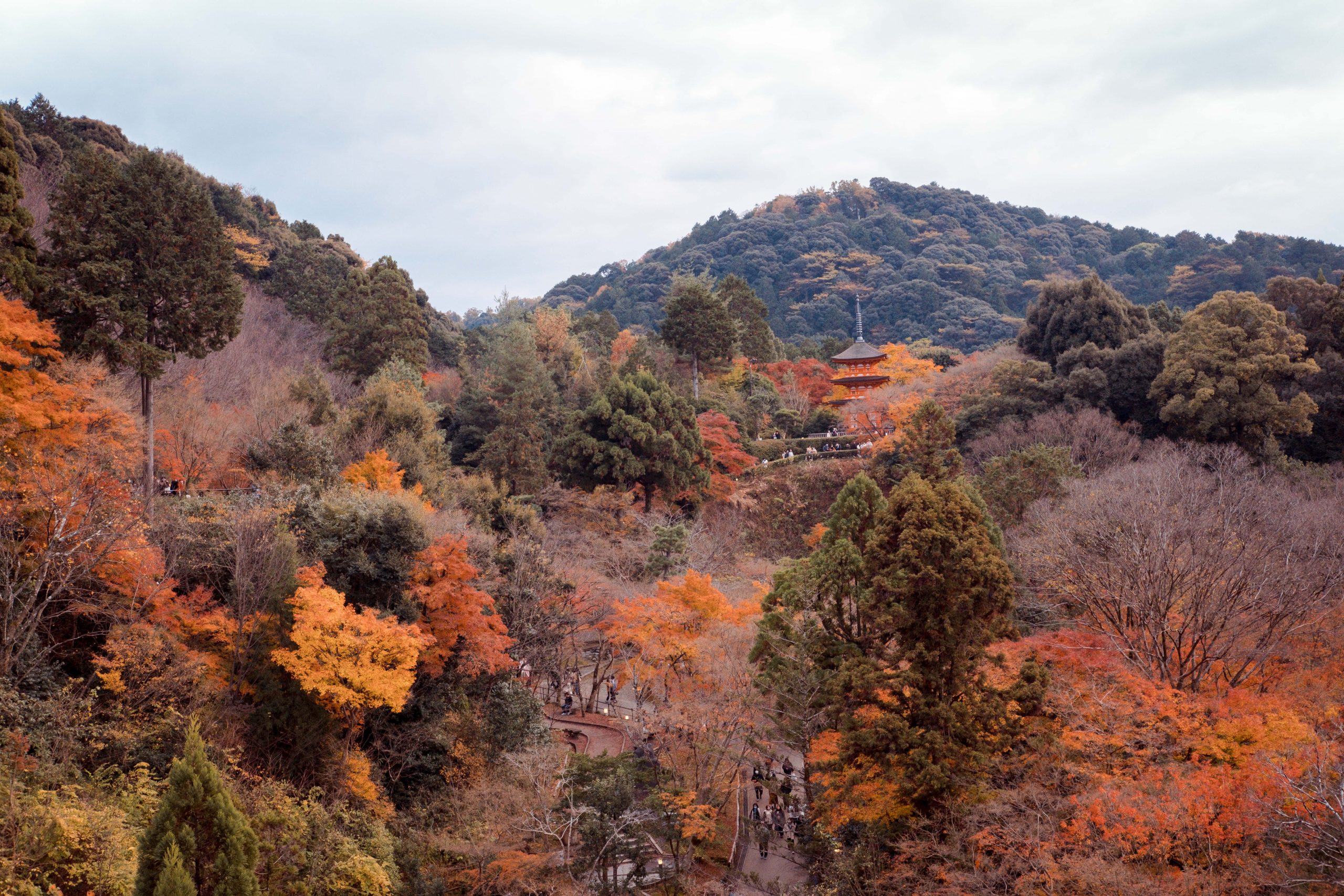
- Maruyama Park, behind Yasaka Shrine, follow the path to the small lake up the hill.
- Kiyomizu-dera, cross the main temple (there is an entry fee) and walk to the viewing platforms over the valley. If you have time, keep on walking to the cemetery.
- Higashiyama Jisho-ji, the Philosopher’s Path leads to this quiet but stunning Buddhist temple. Pay the fee for the garden and hike up the hill for the best views of Kyoto and the autumn leaves.
- Arashiyama Bamboo Forest, you will have to cross the bamboo forest and follow the trail to the temples and shrines to enjoy the views. There is a good viewing platform at the Jojakkoji Observatory.
Kyoto is a beautiful city with a rich history and culture. If you’re planning a trip there, you might be wondering where to stay and what to do. I recommend checking out our articles that offer a comprehensive guide to the best neighborhoods to stay in Kyoto, as well as some top attractions and experiences. From exploring temples and gardens to trying local cuisine and shopping for souvenirs, this article has plenty of ideas to help you plan your trip to Kyoto.
Best Autumn Foliage Spots in Nikko
🗓 Best time: mid-October to early November, Peak time: end of October
- Nikkō Tōshō-gū, just walk around in this temple complex and admire the buildings and the autumn colours. Make your way to Taiyu-in Ryukō-in Temple Hall for a hidden gem. Get some food from the vendors if you get hungry. This was my favourite spot in Nikko.
- Lake Chuzenji looks outstanding when the trees around the lake turn red. Hike up to the Kegon Falls Observation Deck or take the cable car to Akechidaira for stunning views. (Both about 10-15 mins walk from the village.
- Yudaki Falls is a bit further away, take a bus from the village. The trees surrounding the waterfall turn yellow and it’s just breathtaking.
Most of these can be done in a day, but if you are looking to spend the night, I can recommend Nikko Astraea Hotel. It has large rooms and a fantastic onsen where you can relax after a long day of walking.
Nikko is a charming town located in the mountains of Japan’s Tochigi Prefecture, known for its beautiful temples and stunning natural scenery. If you’re planning a trip there, you might be wondering where to stay and what to do. I recommend checking out our article that offer a comprehensive guide to the best things to do in Nikko, including top attractions and experiences. From visiting UNESCO World Heritage Sites to hiking through the mountains and enjoying the local hot springs, this article has plenty of ideas to help you plan your trip.
Best Autumn Foliage Spots in Nagano
🗓 Best time: mid-October to mid-November, Peak time: early November
- Matsumoto Castle is a famous cherry blossom spot, but not many tourists know about its beautiful autumn foliage. The gardens are perfect for kōyō viewing and picking.
- Snow Monkey Park can be done as a day trip from Tokyo. The Yokoyu River Valley turns into a magical wonderland during autumn. There are many viewing points along the path where you can enjoy the stunning autumn foliage of the valley.
- Kamikochi Valley is recommended only for advanced visitors. The hiking trail is difficult, but your efforts will be rewarded with breathtaking views of the Northern Alps of Japan, and it’s autumn colours. The most common trees are giant Japanese elm and larch.
Nagano is famous for it’s Japanese macaques bathing in natural hot springs in the Jigokudani Snow Monkey Park. For more ideas on what to do in Nagano, check out our article.
Best Autumn Foliage Spots in Mount Fuji
🗓 Best time: late October to early November, Peak time: end of October
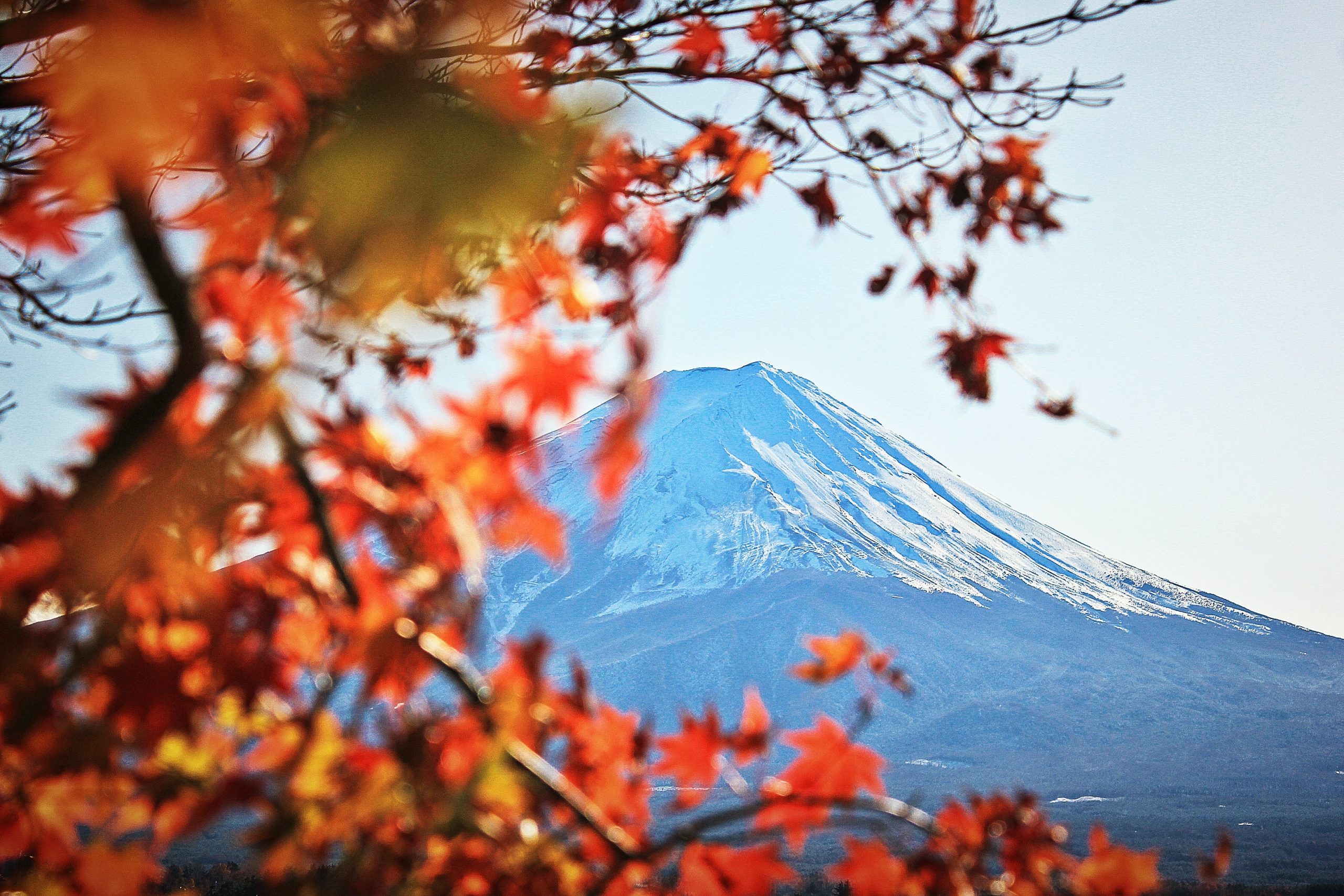
- Lake Kawaguchi is one of the five lakes around Mount Fuji and is a popular spot for viewing autumn foliage. Surrounded by maple, cherry, and pine trees. The maple trees are particularly popular for viewing autumn foliage, as their leaves turn a beautiful red and orange colour during autumn.
- Arakurayama Sengen Park is known for it’s stunning views of Mt Fuji. The maple trees surrounding the temple start to turn in late October, and their colours peak in mid-November. It’s the perfect spot for autumn colour viewing.
I usually recommend visiting Mount Fuji as a day-trip from Tokyo. Just a two-hour train ride from Tokyo, it’s easily accessible. Most visitors choose to visit the Fuji Five Lakes region, which offers stunning views of the mountain.
Best Autumn Foliage Spots in Hakone
🗓 Best time: early November to mid-December, Peak time: mid-November
- Hakone Gora Park is famous for its seasonal displays of flowers and plants, and during koyo season, the trees turn a vibrant array of colours. Get a bag of chestnuts from the street vendors and take a leisurely stroll through the park and enjoy the autumn scenery.
- Hakone Ropeway: Take the scenic cable car ride that offers stunning views of Mount Fuji and the surrounding area. The trees along the rope way turn a beautiful yellow and red colours, creating a stunning sight. (Tickets are 2500-2800 yen for a round trip)
- Lake Ashi is surrounded by beautiful maple and oak trees, and the leaves turn a vibrant array of red, orange and yellow, creating a stunning backdrop for the lake. Take a boat ride on the lake and enjoy the autumn scenery from the water.
Adding an extra day to you Mt Fuji visit and stay in Hakone can enhance the experience even further. Hakone offers a variety of attractions such as hot springs, traditional inns, and a stunning view of Mount Fuji from Lake Ashi. The Hakone Tozan Railway offers a scenic ride through the mountains. If you are planning a visit, check out our best places to stay in Hakone article.
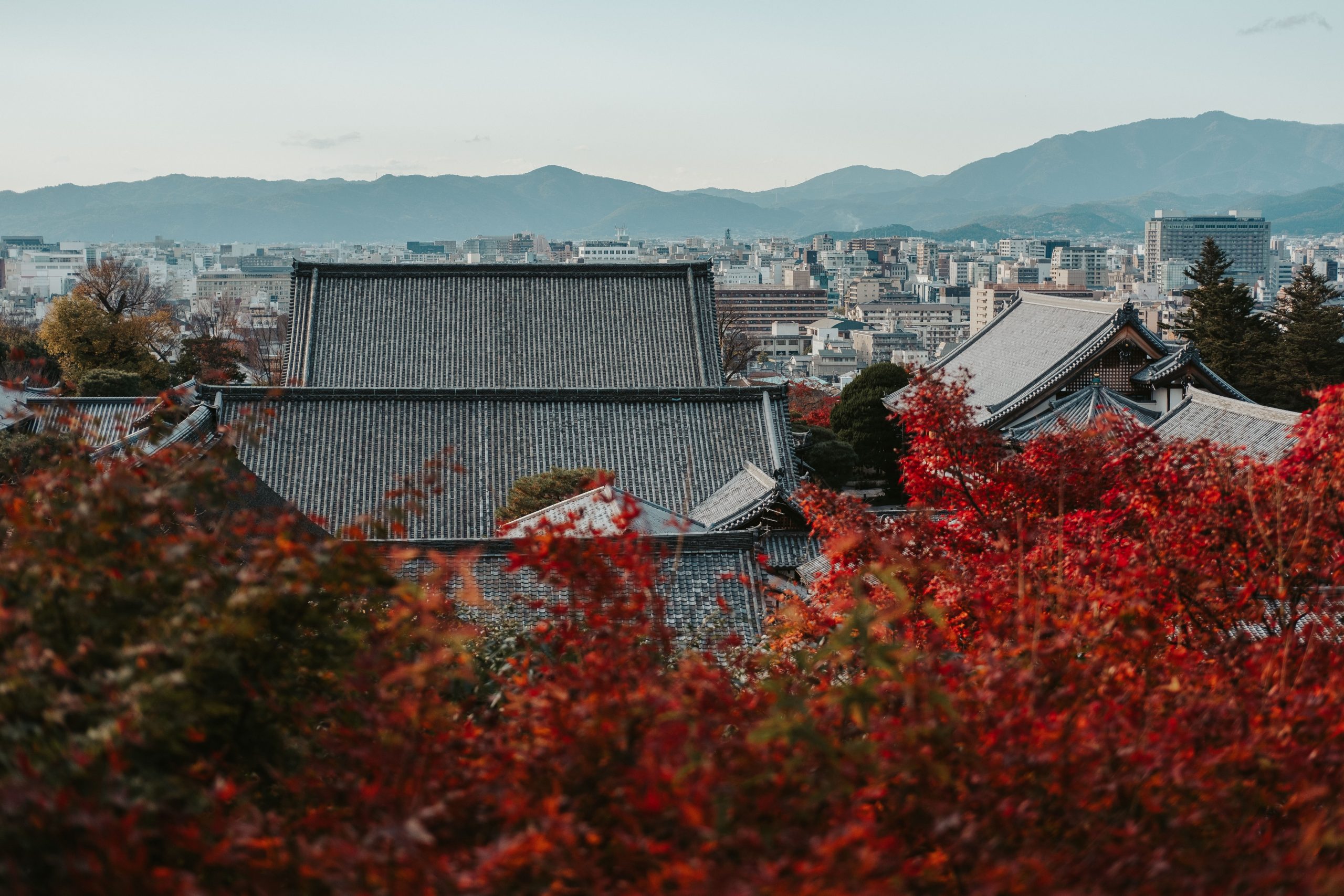
Best Autumn Foliage Spots in Hiroshima
🗓 Best time: mid-November to early December, Peak time: late November
- Itsukushima, home to the famous Grand Torii Gate, is a wonderful spot to walk around and enjoy the autumn coloured foliage. Get off the ferry, head to the village for snacks & street food – don’t miss out on the maple shaped cakes – and take a long walk to the torii gate. Hike up to Momijidani Park for best views of the valley and the harbour. Want even more? Cross the Momijidani Bridge and take the Miyajima Ropeway all the way to the Shishiiwa Observatory for 360° panoramic views of the island.
- In the centre of Hirosima, Shukkei-en Traditional Japanese Garden is packed with maple, gingko, cherry, and pine trees. It’s an ideal location for an autumn foliage picnic. In the evenings, the park is beautifully illuminated.
- Hiroshima Castle is also a lovely spot if you are hunting the autumn leaves in Japan. I recommend visiting the park after sunset, as both the castle and the surrounding trees are beautifully illuminated against the city backdrop, creating a stunning view.
Hiroshima is a culturally rich city located on the western coast in Japan. It offers visitors a range of things to do including museums, parks, gardens, and fanatstic local cuisine. Despite its tragic past, the city has rebuilt itself as a resilient and vibrant community. Check out our article on what’s the best places to stay in Hirosima.
Best Autumn Foliage Spots in Hokkaido
🗓 Best time: late September to early November, Peak time: mid-October (depending on location)
- Jozankei (hot spring town) is surrounded by beautiful mountains and is a popular spot for viewing the colourful autumn leaves.
- Daisetsuzan National Park is in central Hokkaido, about 2 hours drive from Sapporo. The park is full of birch, beech, and maple trees, creating a picturesque view. The park is huge, and car rental is required. I recommend visiting the Mikuni Pass Observation Deck, the Matsumi Great Bridge and the Observation Deck for Taushubetsu Bridge. Stop anywhere along route 273 or 85 and enjoy the views. Bring a bento box for picknick!
- Lake Onnetō: Take a hike to the Lake Onneto Observatory and marvel at the views across the lake. Drive to Akancho Akankoonsen for food and more autumn colours. Try the grilled fish at Ajishin.
- Toyako: Take the scenic ferry to the Oshima Island and hike in untouched nature. On your return, relax in the hot springs while enjoying the beautiful autumn scenery.
I highly recommend Toya Sun Palace Ryokan for a short stay at the lake. Unfortunately, the hotel is not always taking reservations. If you decide to visit Hokkaido, read these articles that provide detailed information on when is the best time to go and offer a 15 day road trip itinerary.
Which trees are best for autumn colours?
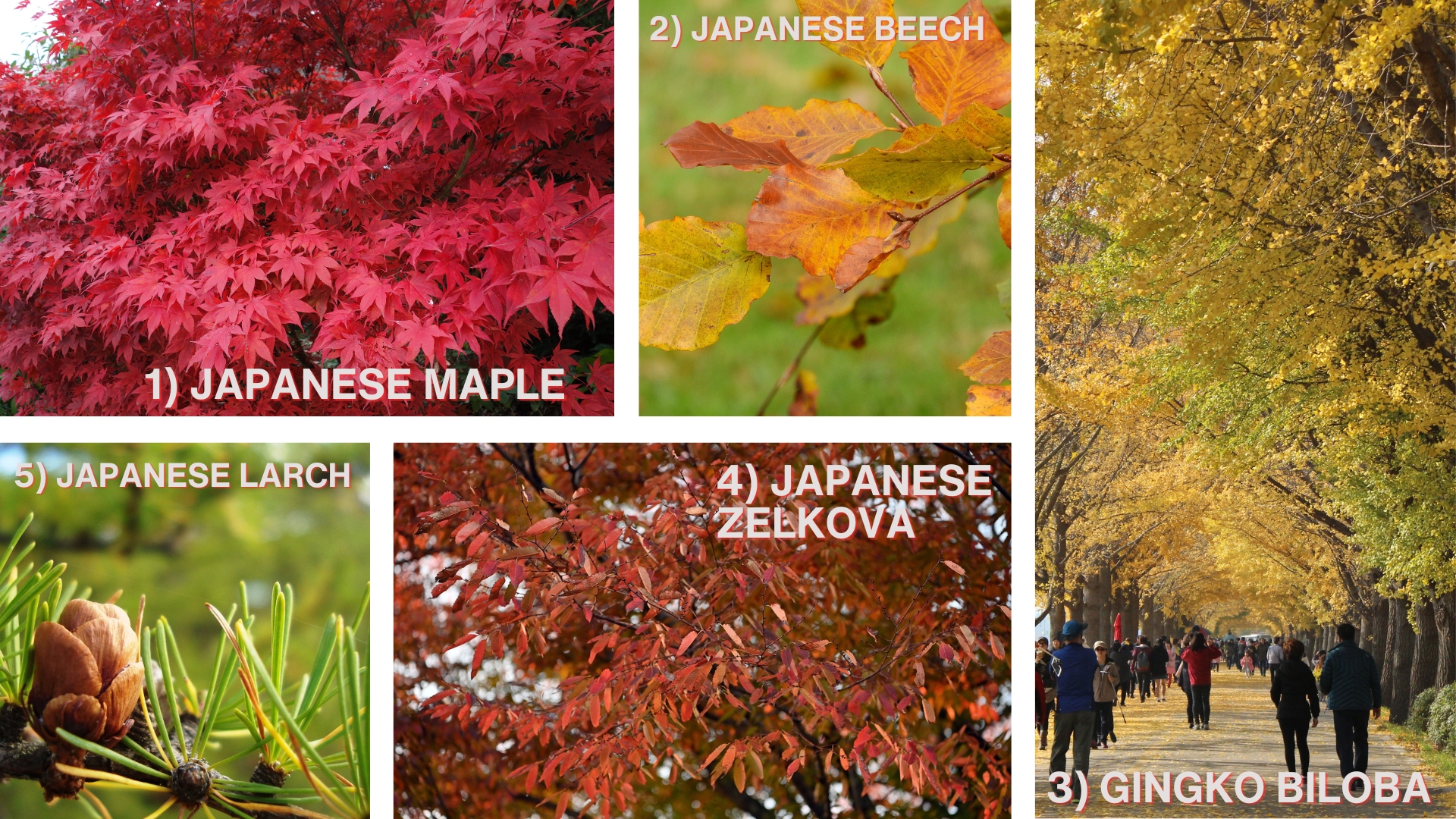
- Japanese maple (Acer palmatum): The leaves turn a vibrant red, orange, or yellow.
- Japanese beech (Fagus crenata): The leaves turn a bright yellow or reddish-brown in autumn.
- Ginkgo (Ginkgo biloba): The fan-shaped leaves of the ginkgo tree turn a beautiful golden-yellow colour.
- Japanese zelkova (Zelkova serrata): The leaves turn yellow, orange, or red.
- Japanese larch (Larix kaempferi): The needles of the Japanese larch turn a beautiful golden-yellow colour before falling off.
Frequently Asked Questions
When should I start planning my autumn trip to Japan?
I recommend that you start planning your autumn trip to Japan 6 months in advance. Just like during the cherry blossom season in spring, accommodation in large cities can fill up quickly during the autumn season, so it’s best to make reservations as soon as you know your travel dates.
It’s a good idea to book your hotels in advance, but it’s better to wait for a good deal before booking your flights.
What does kōyō mean in Japanese?
“kōyō” (紅葉) is a Japanese word that means “autumn foliage” or “autumn colours”. It refers to the vibrant and colourful leaves that turn red, yellow, and orange during autumn in Japan. The viewing of kōyō is a popular pastime in Japan, and many people go on outings to see the beautiful autumn foliage in parks, gardens, and other scenic spots.
Is Japan busy during kōyō?
Japan does get busier during the kōyō season, but it is not as crowded as during the cherry blossom season. From my point of view, the best time to visit Japan is during October and early November. During this period, there are fewer crowds, temperatures are comfortably mild, and places are generally less busy.
Does Japan have autumn leaves?
Yes, Japan have stunning autumn leaves from October until December, depending on your location and elevation. Check the table in this article for forecasted best viewing dates for autumn foliage.
How long do autumn leaves last in Japan?
The autumn foliage or kōyō season last about 3 months in Japan, between October and December every year. Check the table in this article for forecasted best viewing dates for autumn foliage.
When can you see autumn leaves in Tokyo?
The best time to view autumn leaves in Tokyo is between mid-November to early December. That said, I recommend taking a day trip to Hakone or Mt Fuji for nicer colours and stunning views.
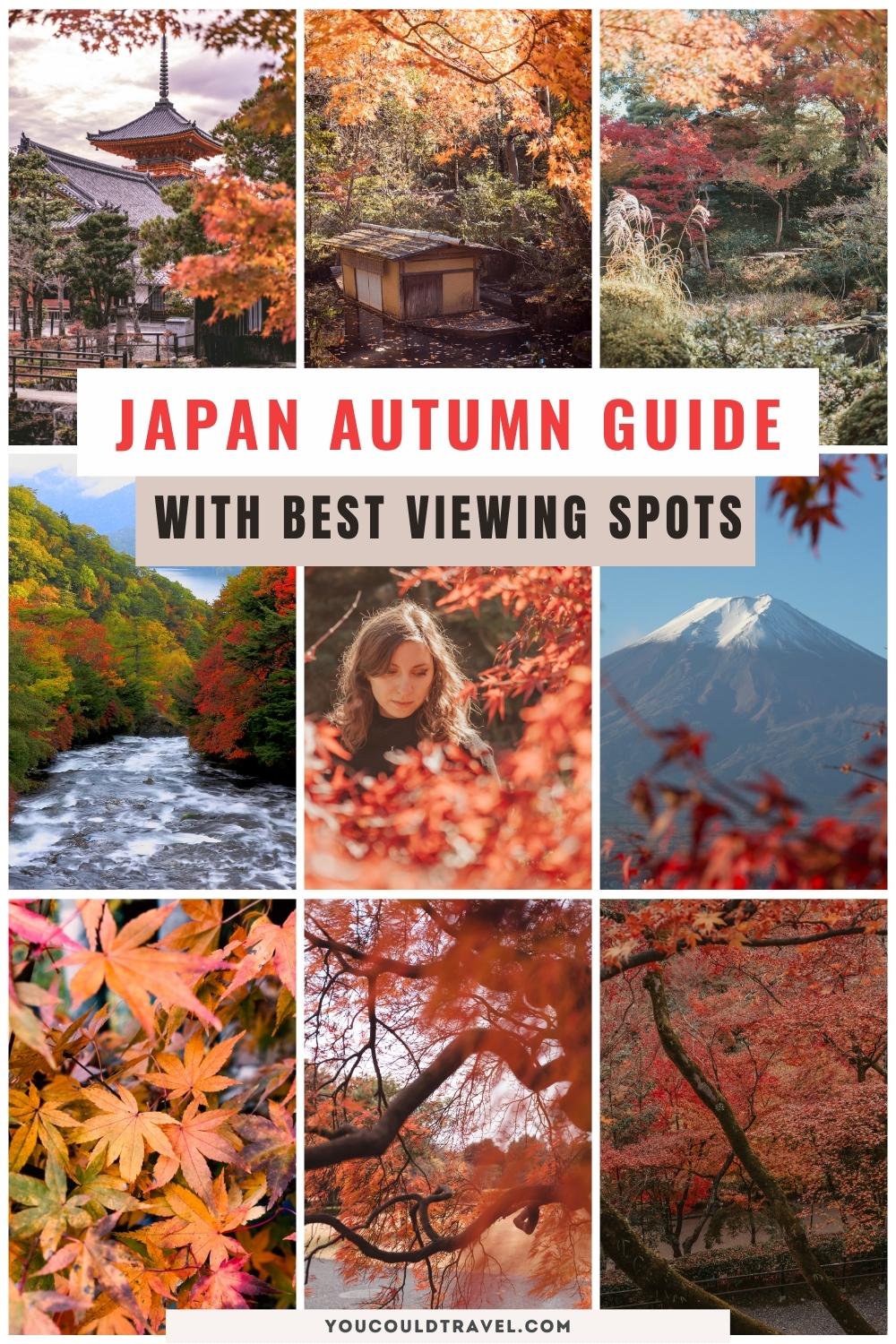
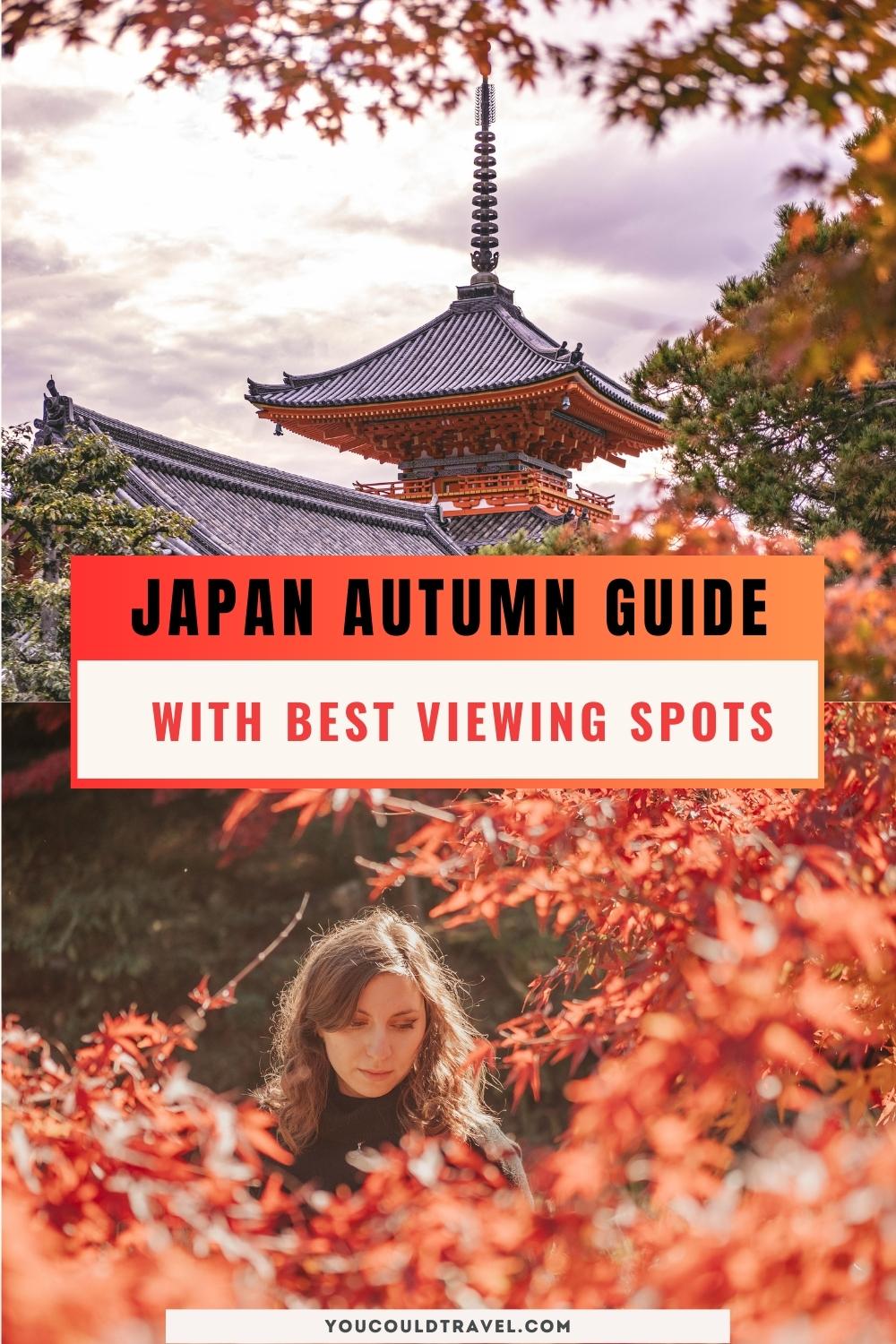

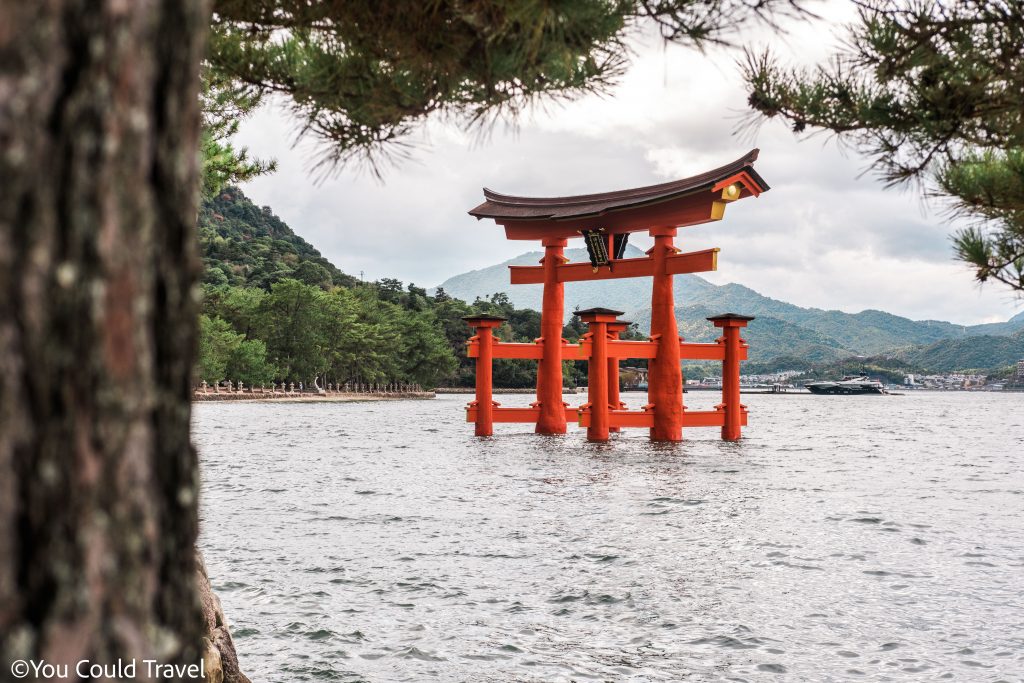
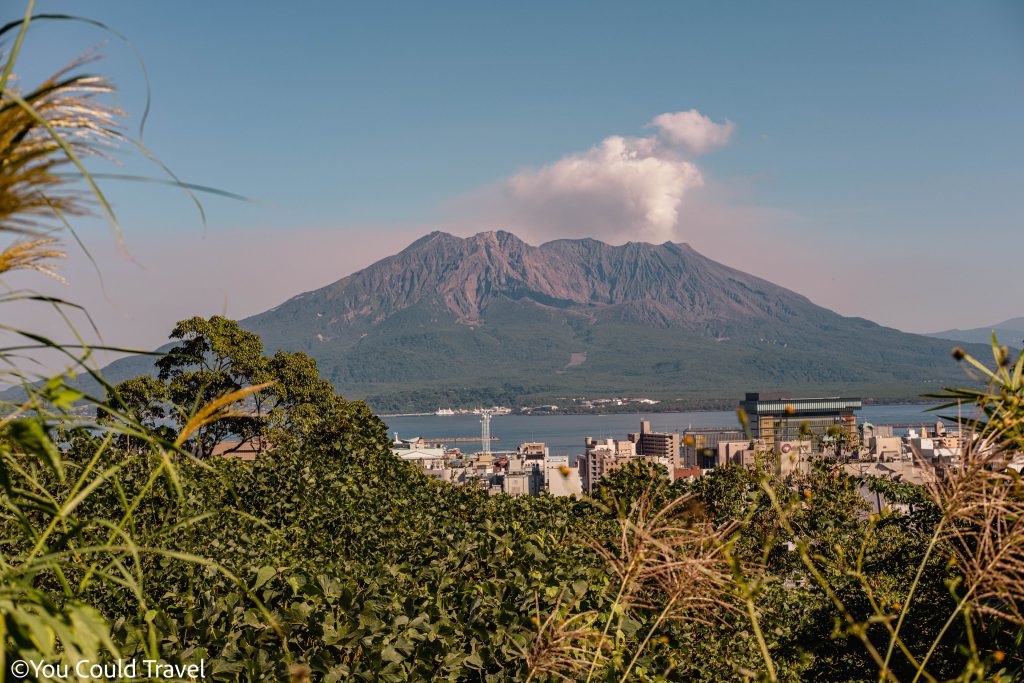
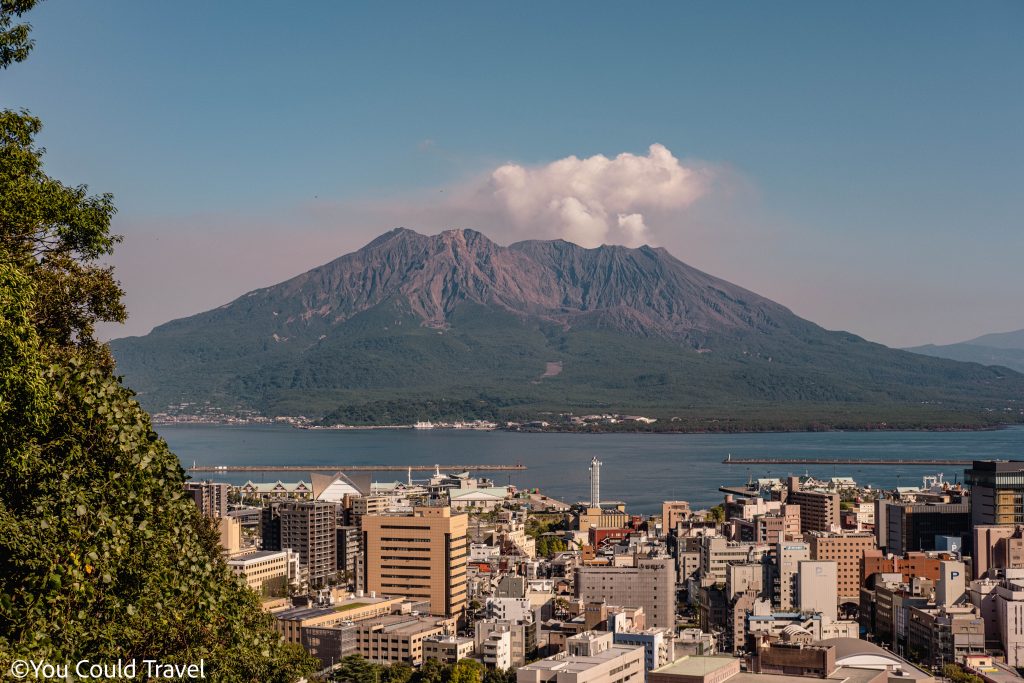
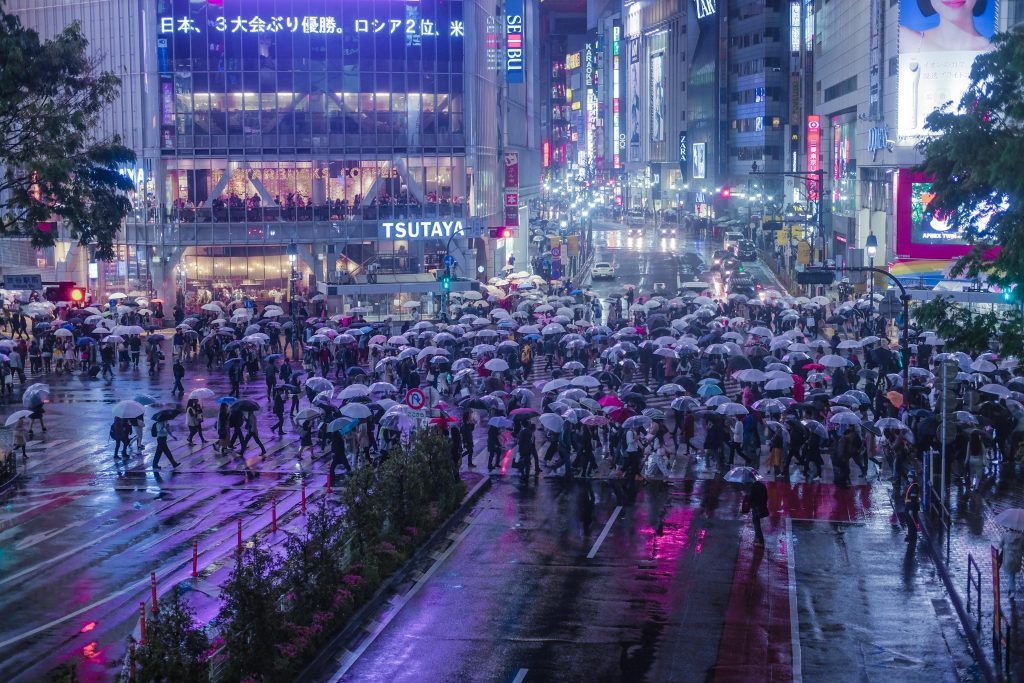
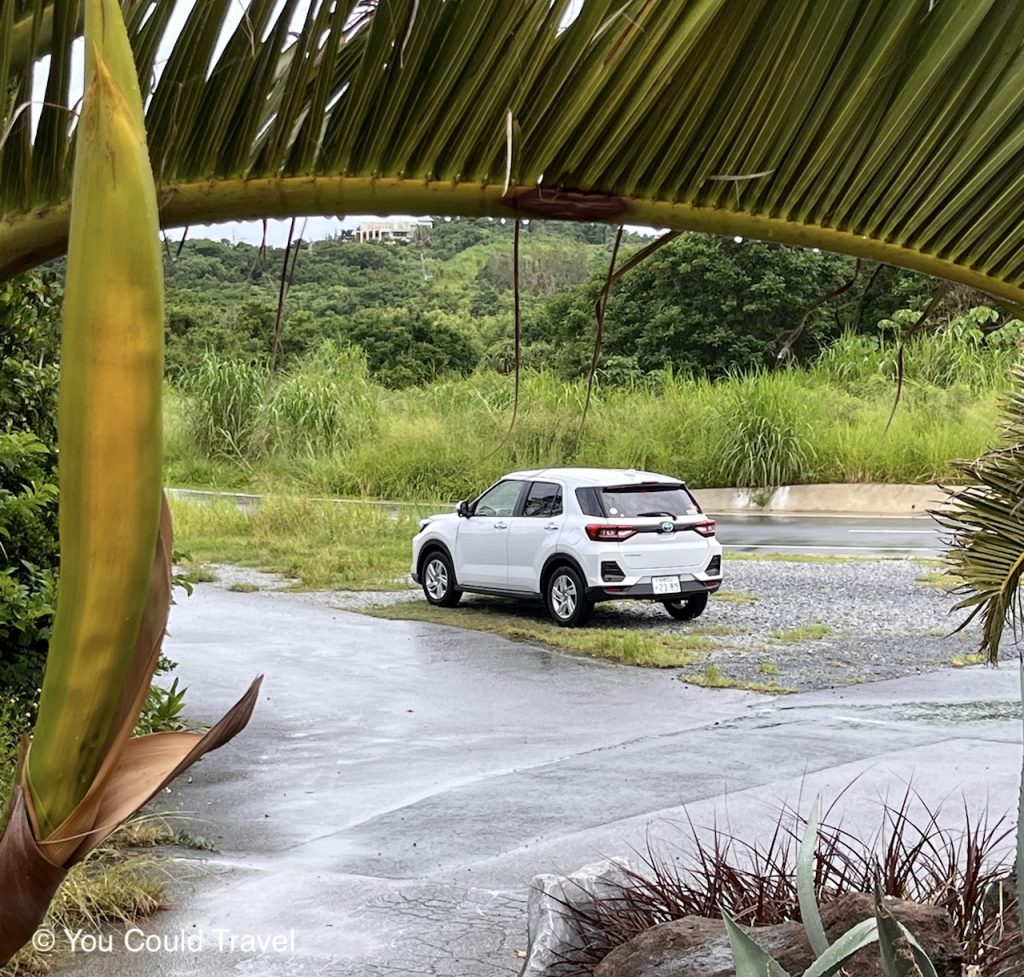



Leave a Reply